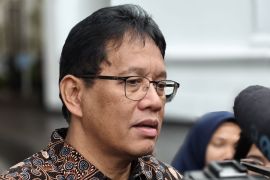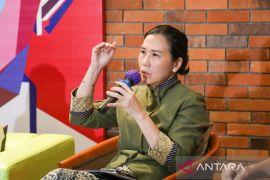The change, which was announced in October by the ruling Communist Party, takes effect from January 1, 2016, Beijings official Xinhua news agency reported over the weekend.
The "one child policy", instituted in the late 1970s, restricted most couples to only a single offspring through a system of fines for violators and even forced abortions.
For years, authorities argued that it was a key contributor to Chinas economic boom and had prevented 400 million births.
Rural families were allowed two children if the first was a girl, while ethnic minorities were allowed an extra offspring, leading some to dub it a "one-and-a-half child" policy.
But it also led to heart-rending tales of loss for would-be parents, and prompted sex-selective abortions or infanticide targeting girls because of a centuries-old social preference for boys.
Chinas population -- the worlds largest at 1.37 billion -- is now ageing rapidly and has severe gender imbalances, all while the countrys workforce is shrinking.
Under the new law, married couples are now allowed to have a second child, but the legislation maintains limits on additional births.
Around three million extra babies will be born each year over the next five years as a result, officials from the National Health and Family Planning Commission predicted at a briefing in November.
This would add a total of about 30 million people to the labour force by 2050, officials said.
Still, experts say the shift is likely too little, too late to address Chinas looming population crisis.
Others warn that many Chinese couples do not want more children, particularly given the expense, and the effects of the change remain unclear.(*)
Editor: Heru Purwanto
Copyright © ANTARA 2016











